Environmental campaigners have backed Aberdeen’s controversial low emission zone and highlighted the city’s worst-polluted streets in 2022.
Friends of the Earth Scotland looked at official air pollution data from roadside and kerbside monitors for the first six months of 2022, and provisional data for the rest of the year.
They assessed measurements of nitrogen dioxide (NO2) and particulate matter — two types of air pollutants that are mostly produced by transport.
The group found that the top three worst streets for NO2 in Aberdeen were Union Street, Wellington Road, and parts of Market Street.
Also in the list of Granite City streets where this type of pollution was particularly prevalent were King Street and Anderson Drive.
The roads most affected by airborne particulate matter in Aberdeen in 2022 were Union Street, King Street and Market Street.
According to the data analysis from Friends of the Earth, the single streets with the highest levels of NO2 detected in Scotland’s other cities were:
- Hope Street for Glasgow
- St John’s Road for Edinburgh
- Atholl Street for Perth
- Lochlee Road for Dundee
- Academy Street for Inverness (*estimated, based on indicative data)
Campaigners point to Glasgow’s low emission zone work, and say Aberdeen’s one will make a difference
Gavin Thomson, transport campaigner with Friends of the Earth Scotland, said that the data on polluted streets across the country shows a notable drop in levels since last year in Glasgow, where work to implement low emission zone measures have started.
He said the Aberdeen low emission zone — which technically started last year but has not yet been fully implemented — will result in similar reductions in air pollution for the north-east city.
He said: “The provisional data show that the low emission zones and the Scottish Government’s hefty subsidies for operators to buy new buses are having an immediate impact.
“The low emission zone coming to Aberdeen will clean up the air in the way we’re starting to see happen in Glasgow.”
However, the Aberdeen low emission zone does not cover all of the most-polluted roads in the city.
Wellington Road, Anderson Drive, Market Street and King Street are not completely covered by the boundaries of the zone.
When will fines start being issued for the Aberdeen low emission zone?
Although the Aberdeen low emission zone was formally introduced to the city in May 2022, there won’t be any fines issued for some time.
No signs saying where the zone starts and ends have been put up, and no cameras have been installed either.
There will be a two-year grace period from the date it officially started, meaning no fines will be handed out to motorists driving banned vehicles in it until at least May 2024.
An Aberdeen City Council spokesman said the low emission zone “compliments and contributes to a number of wider objectives associated with the city centre masterplan”, such as prioritising the needs of pedestrians, cyclists, and those who use wheelchairs.
He also said implementing “public transport priority measures” will help to “reduce emissions whilst still allowing for essential local access.”
Find out if your street is inside the zone here, and learn all you need to know about the Aberdeen low emission zone here.
Should Inverness have a ‘clean air zone’?
Friends of the Earth Scotland also looked at the streets in Inverness with higher levels of air pollution.
They found that both Academy Street and Telford Street had notable levels of NO2.
Mr Thomson from Friends of the Earth said he thinks Inverness should also have a low emission zone, like the ones coming to Scotland’s four largets cities of Glasgow, Edinburgh, Aberdeen and Dundee.
He added: “Why isn’t Inverness considering a clean air zone?”
“The planned changes to Academy Street are a great step in the right direction, but Highland Council needs a vision for the whole city.
“When it comes to air pollution, we know what works — investing in walking, wheeling and cycling, and taking control of public transport.”
A Highland Council spokesman said that no “exceedances of the national air quality standards have been identified within Inverness, or anywhere else in Highland.”
“Highland Council and its partners are continuing to look at ways in which to help improve air quality within the city centre.
“This includes, for example, the streetscape proposals for Academy Street, promotion of active travel within the city centre and surrounding areas, and increased availability of electric vehicle charging hubs throughout our city.”
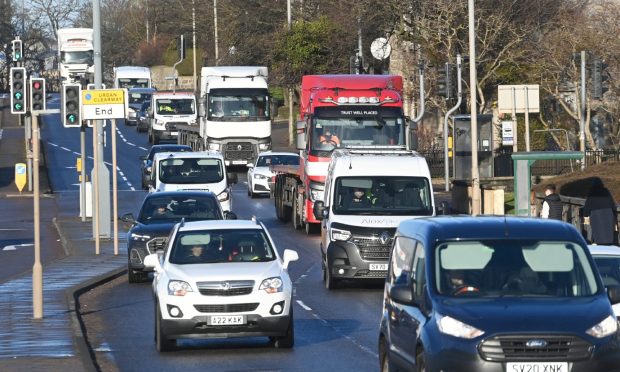
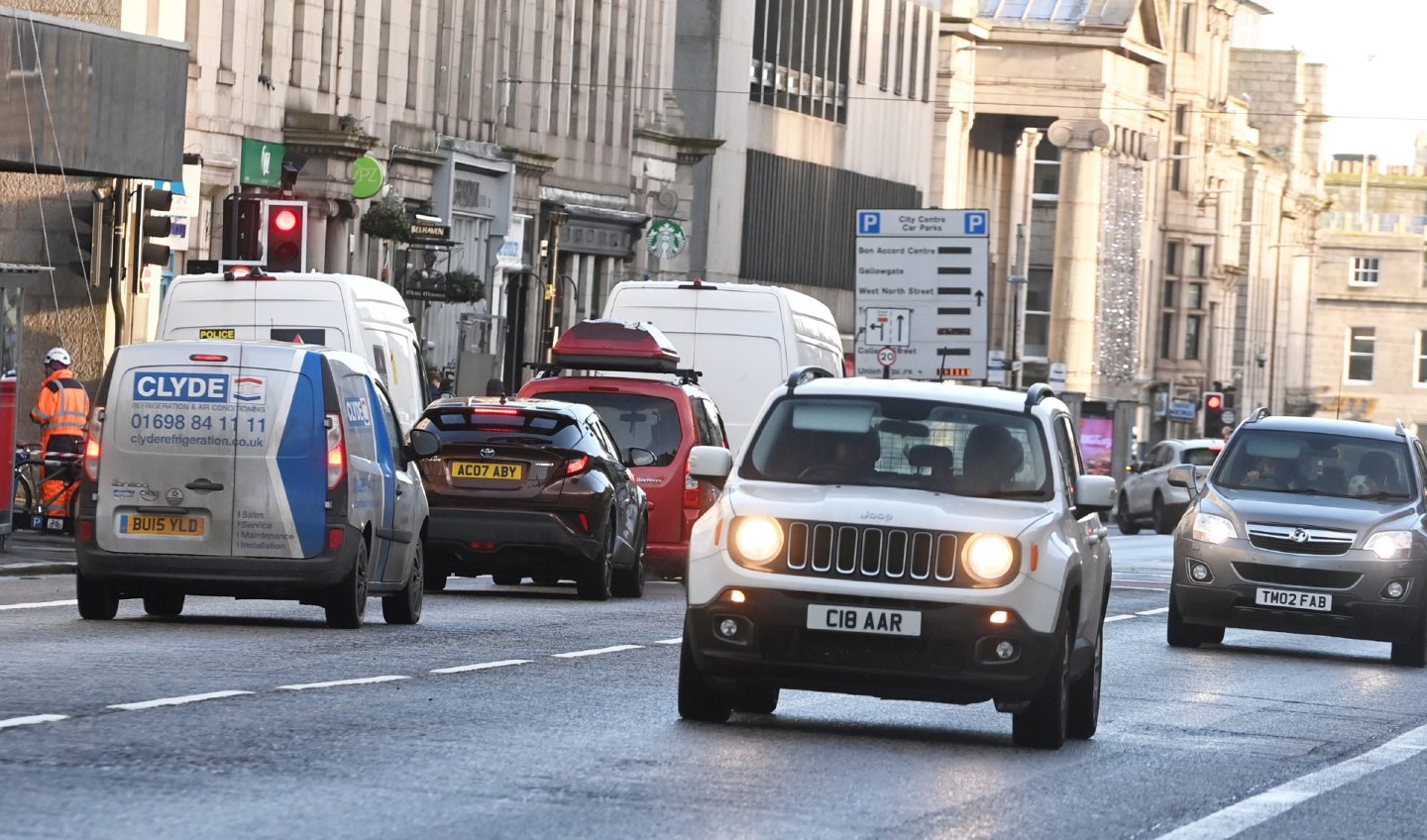
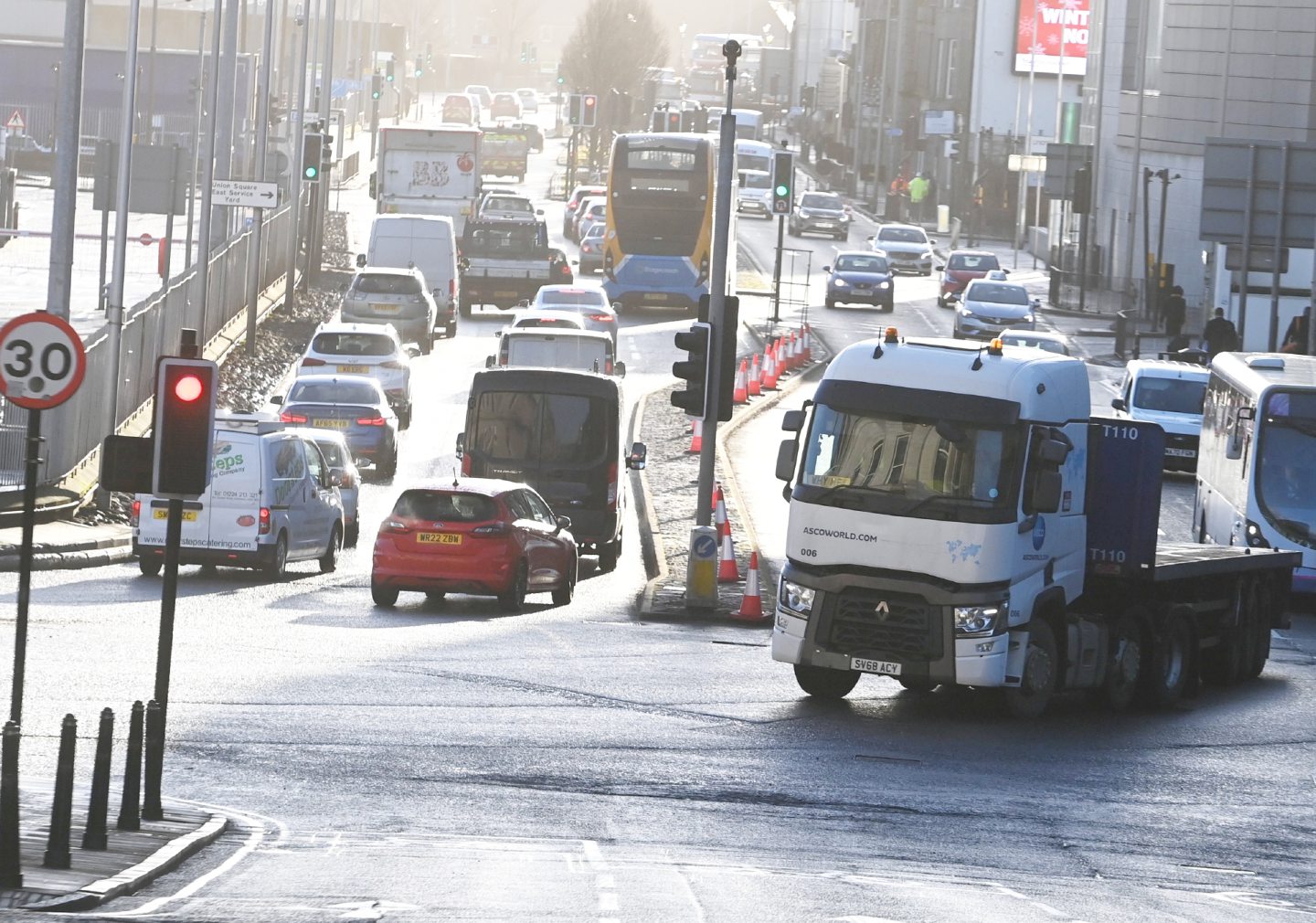
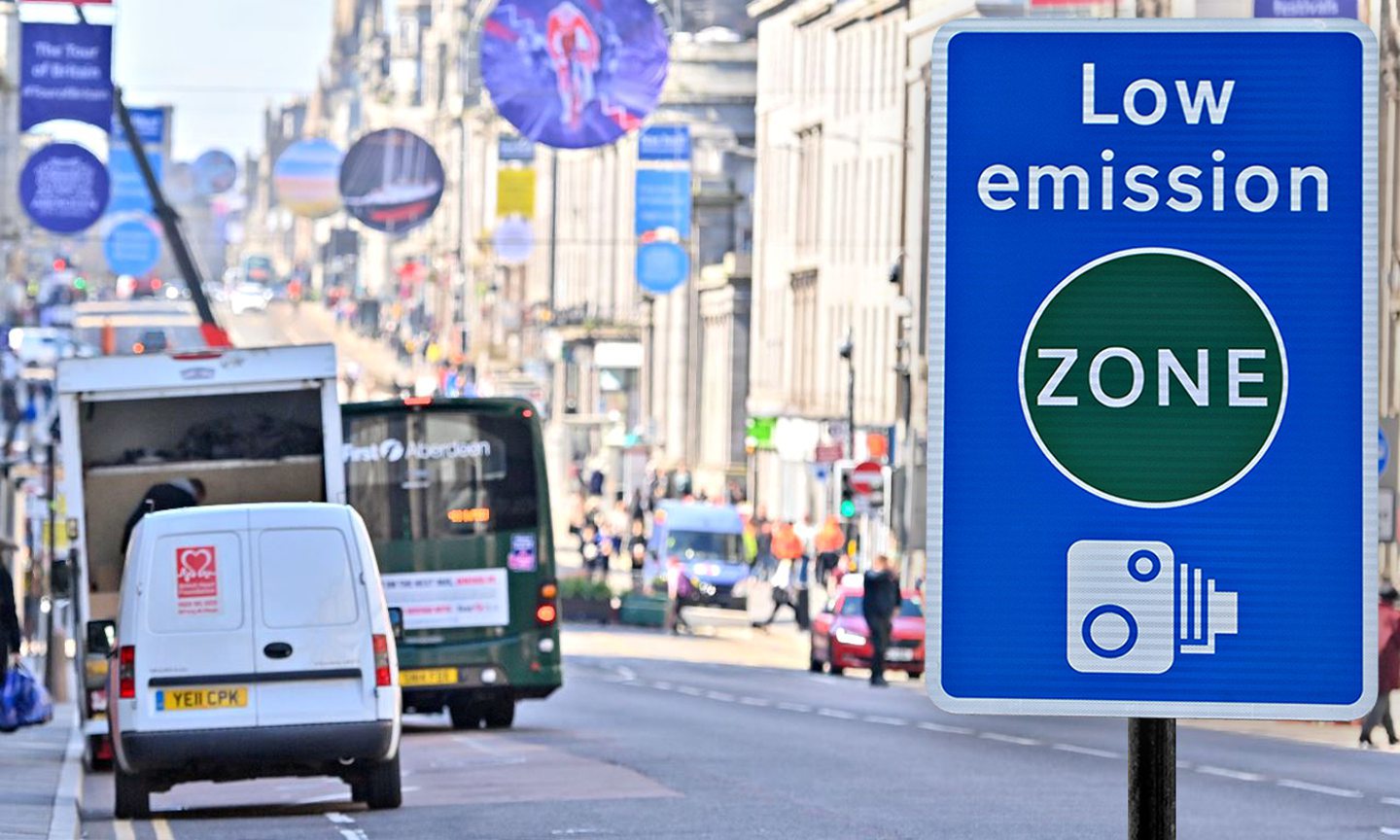
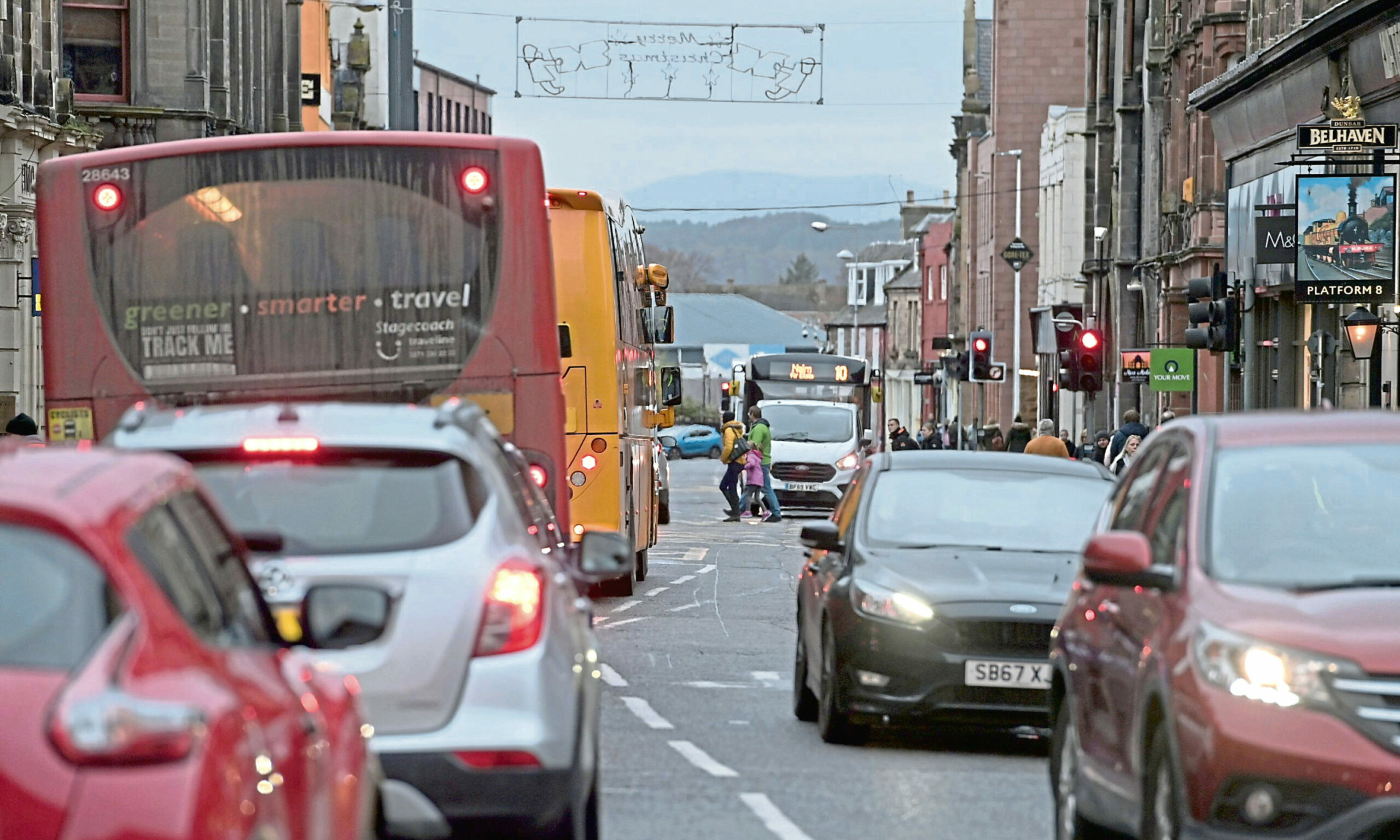
Conversation